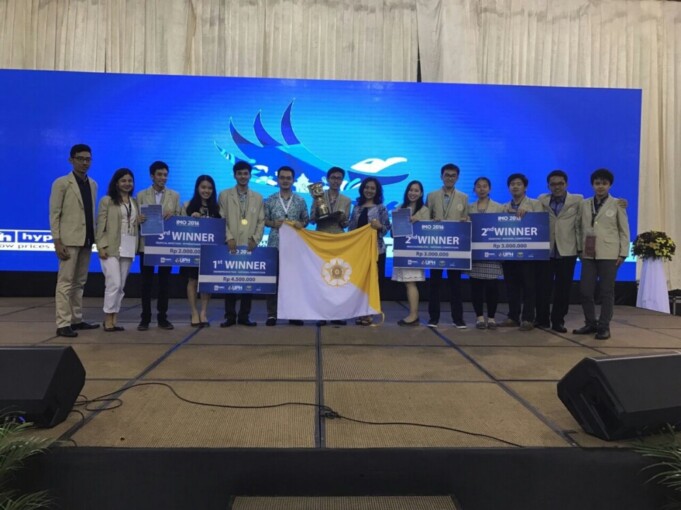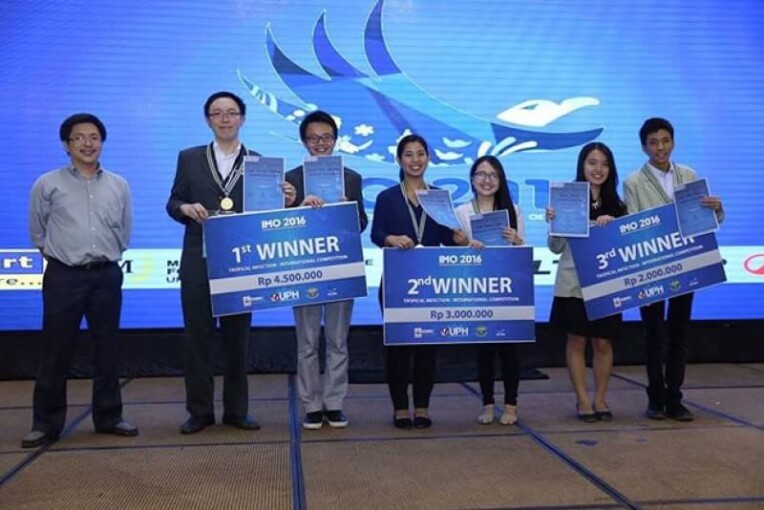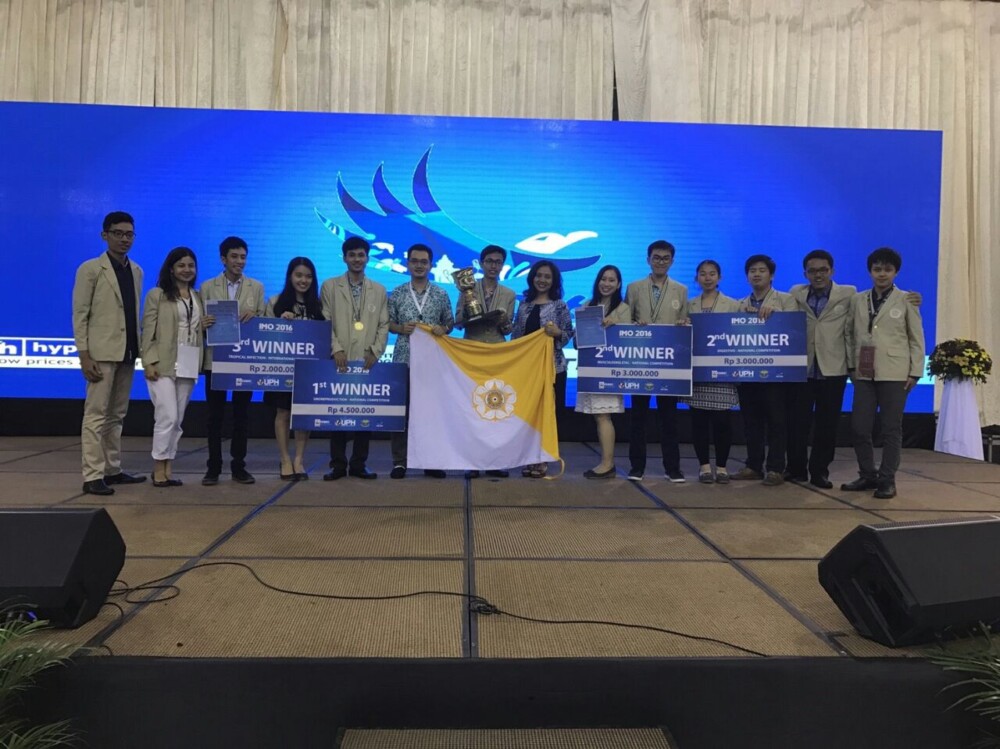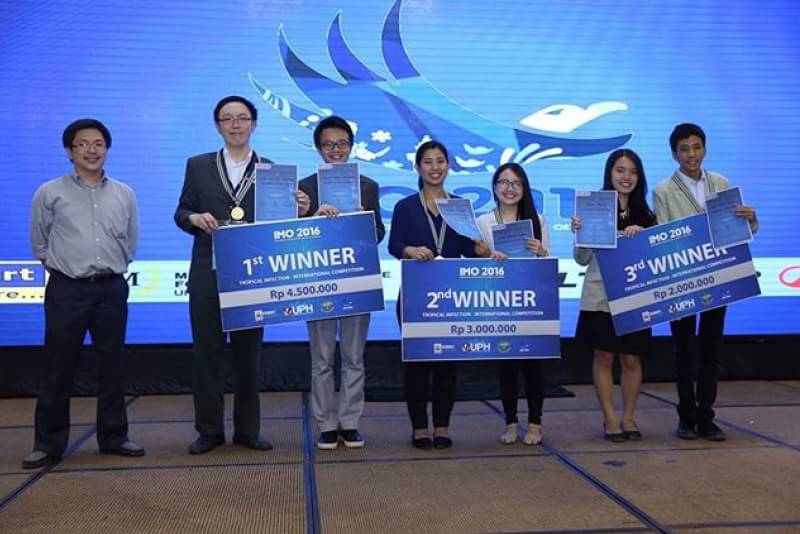The number of critical watershed areas in Indonesia increases every year. Presently, there are 108 critical watershed in need of revitalisation. “This condition showed the weak management of watershed areas,” said Marcus Octavianus Sustayo, S.Hut., M.P., in his doctoral promotion on Tuesday (18/10) at Faculty of Forestry UGM.
Marcus said human was the main factor for such critical state of watershed areas, which come through deforestation and land cultivation that do not consider conservation into account.
“So, it is important to manage watershed areas in a sustainable manner,” he said.
Defending his dissertation entitled Spatial Ecological Approach and Multidimensional Scale in the Sustainable Management of Watershed Areas, Marcus explained the result of his research in Ngrancah area of Kulon Progo regency, showing that to reach the spatial ecological harmony, it needs an optimum forest area at 75.07 percent of the total areas of sub-Ngrancah watershed areas.
“Agroforestry that involves the local people is very much recommended to meet this optimum size of forest,” said the staff from Kahayan watershed areas office.
Most of the location of directed rehabilitation forest and land or 474 hectares (85%) are in the sub-area of Ngrancah downstream. The lesser part of the location is in the upstream near the Sermo dam measuring around 83 hectares (15 %).
In order to increase the effectivity of Ngrancah watershed management, restoration of ecological condition of Ngrancah needs to be accelerated, as well as to improve community empowerment in implementing the conservation of land and water, human capacity enhancement, collaboration related to planning, monitoring evaluation and control of funding.







